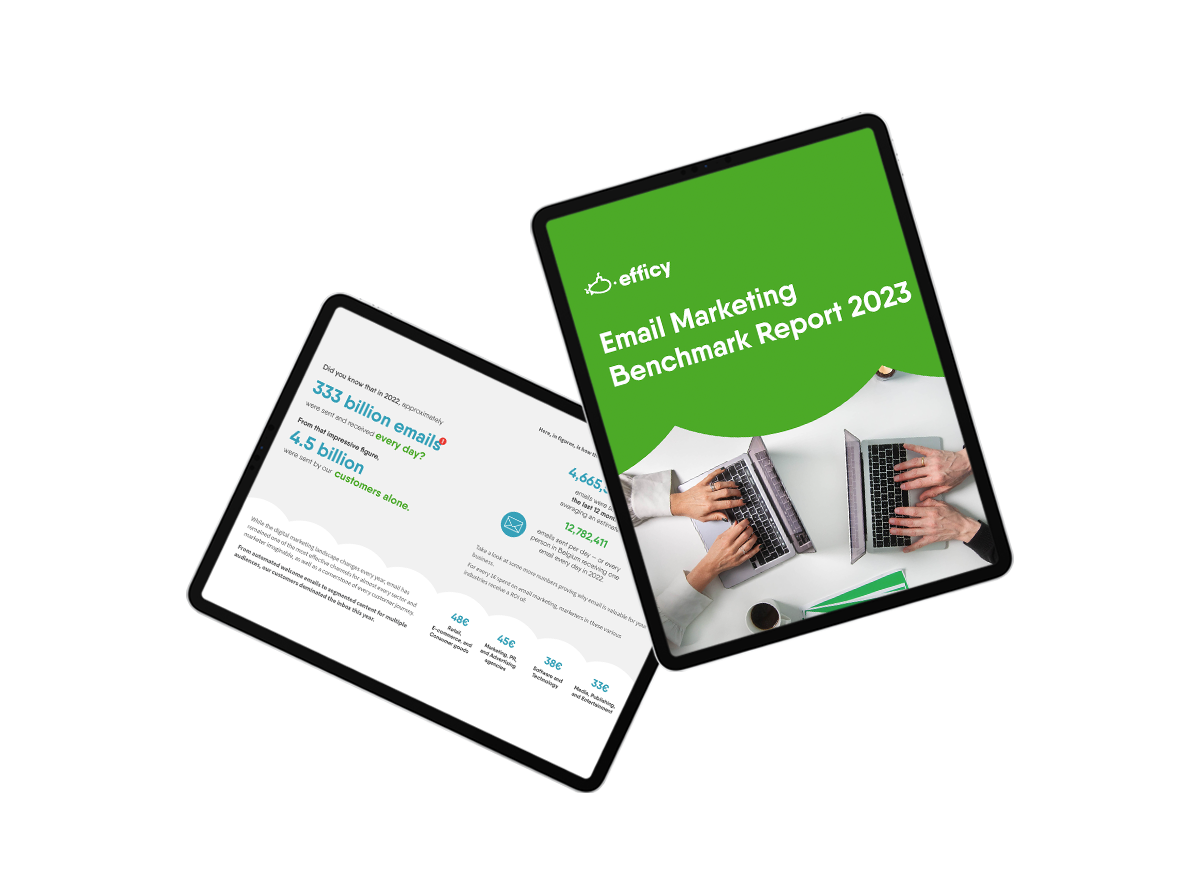Analysis and statistics
A lot of hard work goes into the creation of an email marketing campaign. Careful preparations, high hopes – and all of a sudden, the sending is over. Time to rest? No, now the fun part begins! Time to find out what the recipients thought about the sending. Let us take a look at the statistics of a newsletter sending and see what you can learn from it!
Open rate
The number of opened letters is a common way to measure the effect of an email campaign. If you send 1000 messages and 200 are opened, the open rate is 20 %. It is easy to calculate, but how can you be sure that a specific recipient has opened the message – and what are you able to learn from the open rate?
A letter is considered opened when a small, invisible picture is activated – and this technique is the major weakness associated with the practice of using open rate as a measure of success. What happens when the recipient block images by default? Or when someone reads an email on a mobile device and chooses not to display images in order to save time? Well, what happens is that the message is not marked as read. A certain number of recipients will be hidden in the statistics.
Active subscribers
Usually, it is more useful to measure the degree of activity in the email message. Then you will see not only the open rate, but also the proportion that have clicked on a link in the message. If someone clicks on a link, you know that the message has been opened – even if the images have been blocked.
Naturally, it is possible to open a message and read everything without clicking on a link, but since most commercial email messages are based on links that transport the reader to a web site, it is a good idea to measure the number of active subscribers.
Those who open all your messages and are active subscribers are your most important recipients. They like what you do and want more of the same. But in the statistics, you will find another group of subscribers that never clicks on anything. This is a great opportunity to experiment! Try to make a change just for this group – you have nothing to lose, but a lot to gain!
Forwarding
To share interesting stuff is a phenomenon that has increased dramatically as social media like Facebook and Twitter have become increasingly popular. The beauty of social media – if we look at it from an e-mail marketer’s point of view – is that the value of forwarding can be substantial. A single recipient may forward your letter to a large number of new recipients. A single Twitter user with many followers has the potential to let your messages reach hundreds or thousands of new recipients – and you reach a group of people you might never have contact with otherwise. If you have the opportunity to see what different social media your recipients use – by seeing what they forward to – you have a good starting point. Then you may target your marketing to these channels.
Spam complaints
Once in a while, a recipient will mark your message as spam in their email client. This is a warning sign that you should take very seriously as it indicates that someone actually thought that your email message was so bad that he or she actually thought it was spam. But an even more serious problem is that a large amount of spam warnings may result in all your correspondence being seen as spam by the recipients’ e-mail servers – so no one will get your messages at all. Maintain a list where all recipients have confirmed that they want to receive messages from you.
Bounces
A letter that bounces is a letter that for some reason cannot be delivered to its recipient. There are several different types of bounces, including everything from misspelled addresses to technical errors. Take the time to review the statistics for the bounces – it tells you a lot about the state of your subscriber lists. If it turns out that you have many incorrect addresses, it may be a good idea to remove them – there is no point in continuing to send to recipients who do not receive the messages.
Trends
Many things that you measure will be more interesting when you have sent several newsletters. Then you may begin to discern trends, and see if the results are maintained, improved or even deteriorating. Think about what you are changing from time to time and try to see patterns – when do you get the best results?
Notice tendencies
If you use demographic data, your statistics will be even more interesting. It is often possible to notice tendencies based on gender, age, disposable income or other demographic facts. Can you discern trends here? You may find important clues that guide you when you create content for your circulars.
Look for well-functioning areas
Didn’t things work out the way you wanted? Don’t focus on the weak points. Look at the good stuff, too. Maybe it turns out that your recipients are interested in other things than you thought? Think about why these areas work well. Try to transfer your winning formula to your areas of improvement.
Make a to-do-list
Always be prepared to make your statistics useful. You may want to search for patterns and trends and transform them into a to-do-list. This gives you something to act upon instantly.



